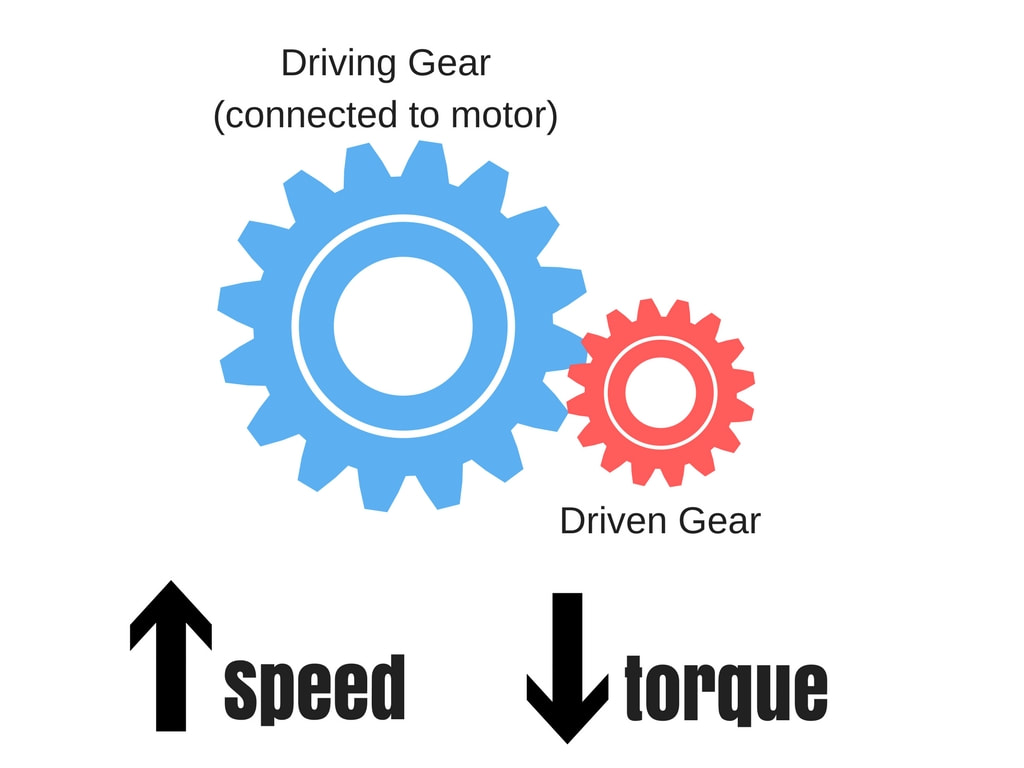Why Knowing Your Gear Count Matters
Understanding the number of gears on a bike is crucial for an optimal riding experience. It affects performance, maintenance, and overall enjoyment of cycling. Knowing how to tell how many gears a bike has enables riders to better navigate varying terrains, optimize pedaling efficiency, and make informed decisions about gear adjustments or upgrades. Moreover, being aware of the gear count helps identify potential issues with the bike’s gear system, allowing for prompt addressing and avoiding costly repairs. By grasping the basics of a bike’s gear system, riders can tackle challenging routes with confidence and take their cycling skills to the next level.
Visual Inspection: A Quick and Easy Method
Before delving into the intricacies of gear counting, it’s essential to familiarize yourself with the components of your bike’s gear system. A visual inspection is a quick and easy way to get started. Begin by locating the gear cassette, typically found on the rear wheel. This is the cluster of gears that the chain wraps around. Next, identify the chainrings, which are the gears attached to the pedals. Finally, take note of the derailleurs, the mechanisms that move the chain from one gear to another. By understanding the layout of these components, you’ll be better equipped to count your gears accurately and make informed decisions about your bike’s maintenance and performance.
Counting Gears: A Step-by-Step Guide
To accurately determine how to tell how many gears a bike has, follow this step-by-step guide. Begin by shifting the chain to the smallest gear on the cassette, typically the gear with the smallest teeth. Count this gear as one. Then, shift the chain to the next gear and count it as two. Continue this process, shifting the chain to each subsequent gear and counting each one. Be sure to count the gears on the chainrings as well, as these are also part of the overall gear count. When you reach the largest gear on the cassette, make a note of the total number of gears. This will give you the total number of gears on your bike. For example, if your bike has three chainrings and nine gears on the cassette, you would have a total of 27 gears (3 x 9 = 27). By following this process, you’ll be able to accurately determine how to tell how many gears a bike has and make informed decisions about your riding experience.
Deciphering Gear Labels and Markings
When trying to determine how to tell how many gears a bike has, understanding the labels and markings on the gear system can be a valuable asset. The gear cassette, chainrings, and derailleurs often feature numbers, letters, and symbols that provide valuable information about the gear count. For example, a gear cassette labeled “11-32” indicates that it has 11 gears, ranging from 11 teeth to 32 teeth. Similarly, chainrings may be labeled with numbers indicating the number of teeth, such as “50/34” for a chainring with 50 teeth and 34 teeth. Derailleurs may also feature markings indicating the maximum number of gears they can accommodate. By deciphering these labels and markings, you can quickly determine the number of gears on your bike and make informed decisions about your riding experience. Additionally, understanding these labels can also help you identify compatible components and make informed upgrades or replacements.
Using Online Resources: A Helpful Alternative
If you’re still unsure about how to tell how many gears a bike has after visually inspecting and counting the gears, online resources can be a valuable alternative. Many bike manufacturers provide detailed specifications and documentation on their websites, including information about the gear count. You can search for your bike’s model and year to find the relevant information. Additionally, online forums and communities dedicated to cycling can be a great resource, as experienced riders and mechanics often share their knowledge and expertise. You can search for threads related to your bike’s model or gear system to find answers to your questions. Online resources can be especially helpful if you’re new to cycling or unsure about how to count gears. By leveraging these resources, you can quickly and easily determine how to tell how many gears a bike has and make informed decisions about your riding experience.
Consulting a Professional: When in Doubt
If you’re still unsure about how to tell how many gears a bike has after trying the methods outlined above, it may be best to consult a professional bike mechanic or expert. They can provide personalized guidance and help you determine the exact gear count of your bike. A professional mechanic can also inspect your bike’s gear system and provide recommendations for maintenance, upgrades, or repairs. Additionally, they can offer valuable insights into how to optimize your gear system for your riding style and terrain. Don’t hesitate to seek professional help if you’re unsure about your bike’s gear count or need guidance on how to get the most out of your bike’s gear system. By consulting a professional, you can ensure that you’re getting the most out of your bike and enjoying a safe and enjoyable riding experience.
Common Misconceptions About Bike Gears
When it comes to understanding how to tell how many gears a bike has, there are several common misconceptions that can lead to confusion. One of the most prevalent myths is that more gears are always better. While having a wide range of gears can be beneficial, it’s not always the case. In fact, having too many gears can lead to unnecessary complexity and weight, making the bike more difficult to maintain and ride. Another misconception is that certain types of bikes, such as fixies or single-speeds, don’t have gears. While it’s true that these bikes don’t have a traditional gear system, they still have a gear ratio that affects the riding experience. Additionally, some riders believe that gear count is only important for professional cyclists or serious enthusiasts. However, understanding how to tell how many gears a bike has is essential for any rider who wants to optimize their performance, comfort, and safety. By dispelling these myths and misconceptions, riders can gain a better understanding of their bike’s gear system and make informed decisions about their riding experience.
Putting it All Together: Mastering Your Bike’s Gears
By now, you should have a solid understanding of how to tell how many gears a bike has and the importance of knowing your gear count. From visually inspecting your bike’s gear system to deciphering gear labels and markings, you’ve learned the essential steps to take control of your riding experience. Remember, understanding your bike’s gear count is crucial for optimizing your performance, comfort, and safety. By dispelling common misconceptions and myths about bike gears, you can make informed decisions about your riding experience. Whether you’re a seasoned cyclist or just starting out, knowing how to tell how many gears a bike has is a valuable skill that can elevate your riding experience. So, take the next step and put your newfound knowledge into practice. Get out there and ride with confidence, knowing that you have the skills and expertise to master your bike’s gears.








